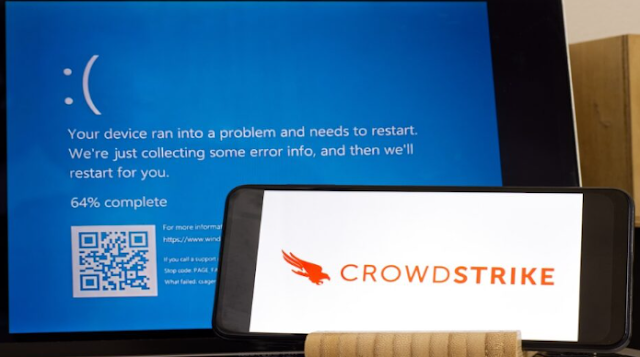Introduction
Cybersecurity firm CrowdStrike recently released an in-depth root cause analysis of a software update failure that affected millions of Windows devices worldwide. This incident, known as the "Channel File 291" incident, was caused by a content validation error in the Falcon Sensor software. The error led to widespread system crashes and significant disruptions, highlighting the complexity and risks associated with rapid software updates in the cybersecurity industry.
The Channel File 291 Incident: Overview
The "Channel File 291" incident was first detailed in CrowdStrike's Preliminary Post Incident Review (PIR). The root cause analysis identified a content validation issue as the primary factor behind the failure. This issue arose after the introduction of a new Template Type designed to enhance the detection of novel attack techniques that exploit Windows interprocess communication (IPC) mechanisms, such as named pipes.
Technical Breakdown of the Incident
The problematic update was linked to a specific content update deployed via the cloud. According to CrowdStrike, the crash resulted from a combination of several factors, the most critical being a mismatch between the inputs passed to the Content Validator and those expected by the Content Interpreter. Specifically, 21 inputs were passed via the new IPC Template Type, but the Content Interpreter was only prepared to handle 20, leading to an out-of-bounds memory read.
CrowdStrike explained that this parameter mismatch was not identified during multiple testing phases due to the use of wildcard matching criteria for the 21st input during testing. The issue was only flagged after the problematic Rapid Response Content had been deployed to sensors.
Consequences of the Faulty Update
When the new version of Channel File 291 was deployed on July 19, 2024, the sensors that received it were exposed to a latent out-of-bounds read issue. This problem surfaced when the operating system issued an IPC notification, triggering the evaluation of the new IPC Template Instances. As the Content Interpreter attempted to access the 21st input value, which it was not designed to handle, a system crash occurred due to an out-of-bounds memory read.
Mitigation and Remedial Actions
To address the issue, CrowdStrike implemented several key fixes:
Input Validation at Compile Time: The company updated the sensor compile process to ensure the number of input fields in the Template Type matched those expected by the Content Interpreter.
Runtime Input Array Bounds Checks: A runtime check was added to the Content Interpreter to prevent out-of-bounds memory reads, adding an extra layer of security.
Improved Testing Procedures: CrowdStrike has enhanced its test coverage during Template Type development to include specific test cases for non-wildcard matching criteria in all future Template Types.
Updates to Content Validator and Configuration System: The Content Validator was modified to ensure that no Template Instance contains more matching criteria than input fields provided. Additionally, the Content Configuration System was updated to include new test procedures and additional deployment layers.
Third-Party Review and Collaboration with Microsoft: CrowdStrike has engaged independent software security vendors to conduct further reviews of the Falcon sensor code. It has also pledged to collaborate with Microsoft as Windows evolves its security functions to enhance user space protections.
Industry Impact and Responses
The ramifications of the Channel File 291 incident have been far-reaching, particularly for Delta Air Lines, which reportedly incurred $500 million in lost revenue due to the resulting disruptions. Delta has indicated its intention to seek damages from both CrowdStrike and Microsoft. Both companies, however, have defended their actions, pointing out that Delta declined their offers for on-site assistance, suggesting deeper underlying issues within the airline’s systems.
Conclusion
The Channel File 291 incident serves as a significant lesson in the importance of rigorous testing and validation in the deployment of security software. CrowdStrike's comprehensive root cause analysis underscores the complexities involved in maintaining up-to-date cybersecurity defenses while balancing the need for rapid response to emerging threats. By implementing stricter controls and collaborating with external experts, CrowdStrike aims to prevent similar incidents in the future and reinforce its commitment to safeguarding its customers' systems.











0 Comments